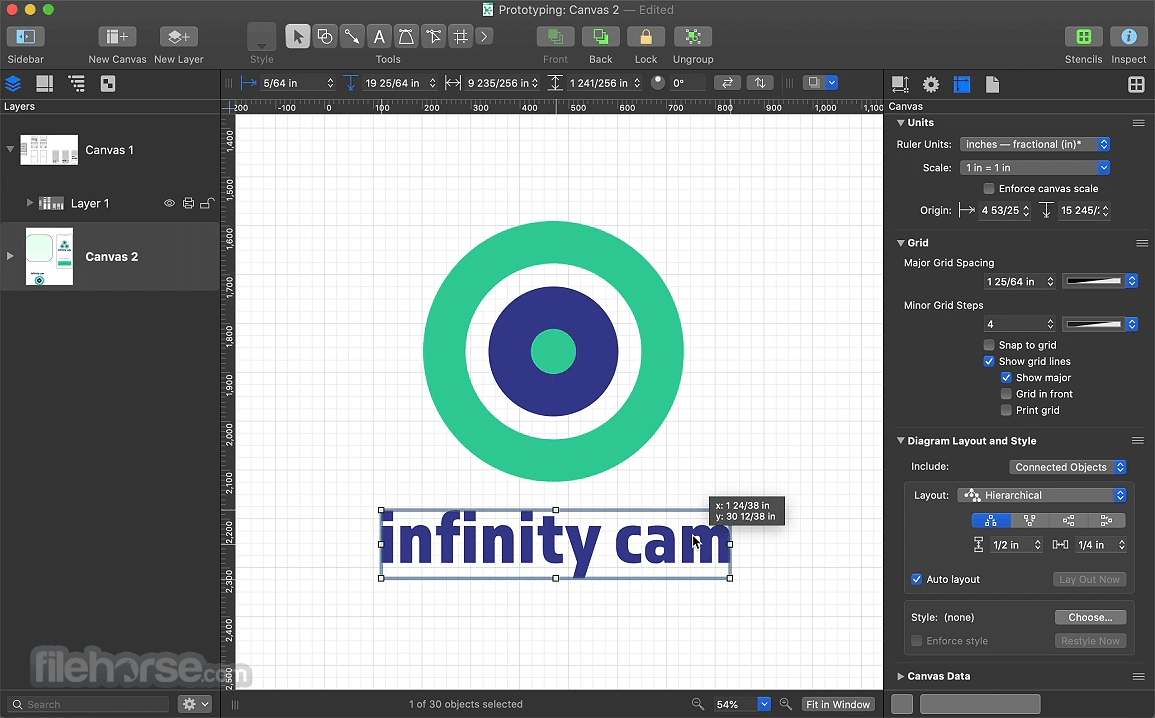
If they’re independent of one another, a divisional org chart is also an excellent way to reflect that clearly. This form is a safe choice if your company is organized along product lines or geographic regions. But when there are multiple layers in the chain of command, knowing who to connect with and when can seem difficult, especially if there’s a problem or if someone has a new idea. NOTE: Hierarchical org charts are generally easy to understand. In the end, the hierarchy chart looks like a pyramid with every department rolling up to the CEO. Within each division, you’ll list senior management, middle managers, senior staffers, mid-level personnel and junior staff members. Perfect for showing a traditional business structure, the hierarchy chart starts with the C-Suite at the top, then it’s broken into departments or divisions. While each type of organizational chart can be modified and edited, most companies use org charts that fall into one of these four categories: 1. You may need just one sample of chart for your entire company or a few for several different audiences or divisions. The type of org chart you use will depend on your audience, your organization and what you want to convey. What are the four types of organizational structures? Let’s take a look at the types of org charts companies use most. Give staff insight into promotion channels.

#OMNIGRAFFLE ORG CHART TEMPLATES HOW TO#


An organizational chart gives everyone a quick glance into how the business is structured, whether it’s an established office, a startup, a manufacturing plant or something else. No matter where you work, knowing who does what and where they fit in can help everybody do their jobs better.


 0 kommentar(er)
0 kommentar(er)
